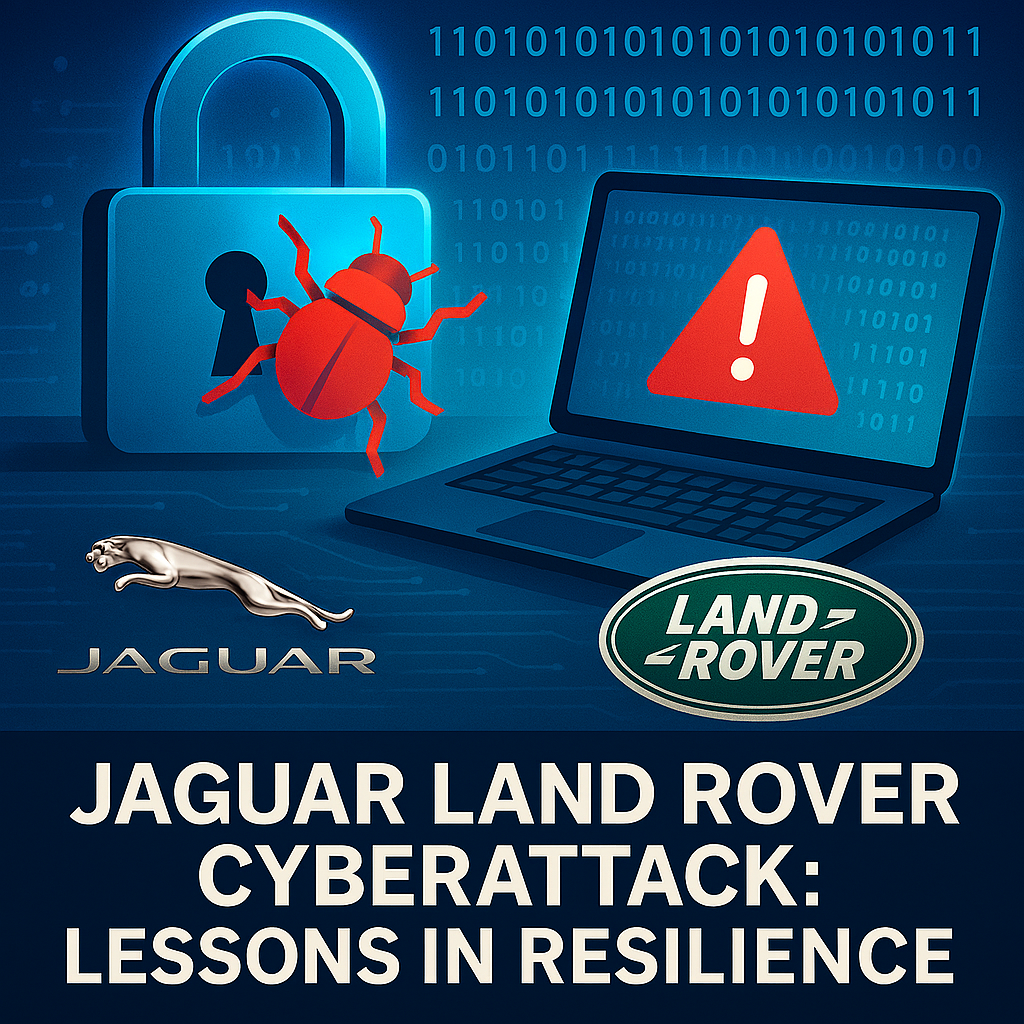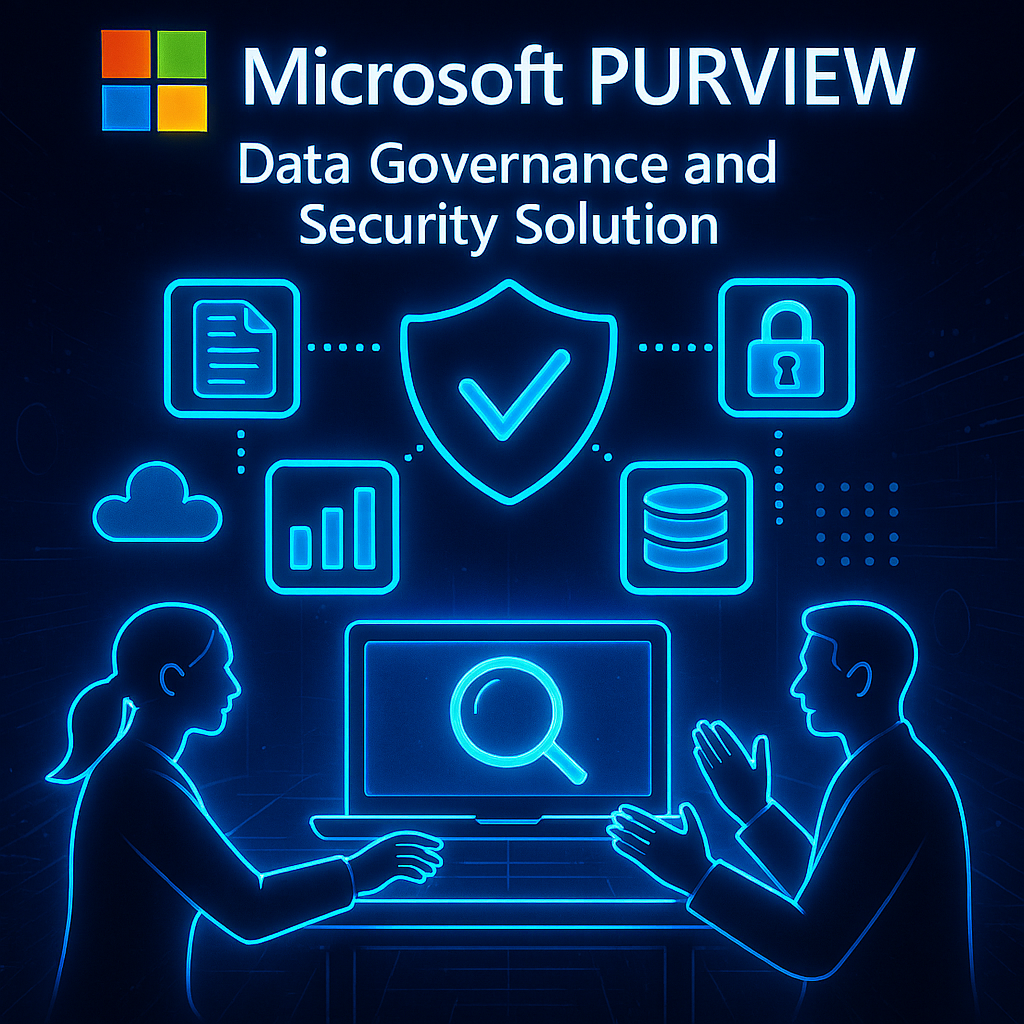Overview of Mandiant’s M-Trends 2025 Report
Introduction to Mandiant
Mandiant, a leader in cybersecurity, has excelled in incident response and cyber threat intelligence for over ten years. Founded in 2004, the firm has built a reputation for its expertise in identifying, combating, and analyzing cyber threats. Their dedication to understanding the changing cybersecurity landscape has made them a trusted resource for organizations and individuals looking to strengthen their defenses against attacks.
Mandiant is recognized for its proactive stance on cybersecurity, making it a valuable asset for many. They don’t just respond to threats; they empower organizations with knowledge and tools necessary for prevention.
Brief history of M-Trends reports
The M-Trends report series was created by Mandiant to share insights from their responses to cyber incidents in various industries. This annual publication has evolved continuously, shaping the landscape of cybersecurity discussions.
Key highlights of the M-Trends reports include:
- Annual Trends: The reports compile data on recent breaches, attacks, and best practices observed over the year.
- Highlighting Threat Actors: They document the methods, motivations, and profiles of threat actors, which is crucial for organizations understanding who they are up against.
- Data-driven Insights: By leveraging case studies from real incidents, Mandiant provides actionable insights that organizations can implement.
These reports are crucial for cybersecurity professionals, policymakers, and business leaders, helping them make informed decisions amid rising cyber threats. The M-Trends 2025 report will provide valuable insights into future cybersecurity challenges and solutions.
Key Findings from the M-Trends 2025 Report
Major cybersecurity threats highlighted
The M-Trends 2025 report shows that the cybersecurity landscape is changing rapidly. One of the most alarming trends emerging this year is the rise in sophisticated cyberattacks targeting critical infrastructure. These threats not only endanger sensitive information but also pose risks to public safety.
Key threats identified in the report include:
- Ransomware Evolution: Cybercriminals are adopting more advanced techniques, often using double extortion strategies, where they threaten to publish stolen data if ransom demands are not met.
- Supply Chain Attacks: Organizations are increasingly vulnerable as attackers devise ways to penetrate through trusted vendors, underscoring the need for stringent vendor management practices.
- Identity Theft and Credential Stuffing: The report indicates a growing trend in the exploitation of stolen credentials, making identity a new security perimeter.
Analysis of emerging trends
Alongside these threats, Mandiant emphasizes several emerging trends that organizations must navigate. The report highlights that the frequency of cyber incidents is escalating, with businesses finding intrusion detection more challenging than ever.
- AI is being increasingly used by attackers to improve their strategies and automate processes that used to need human involvement, which is concerning.
- Focus on Training and Awareness: Organizations have started prioritizing employee training, recognizing that human errors are often the weakest link in their security posture.
These findings illuminate the importance for businesses to stay vigilant and proactive in a rapidly evolving cybersecurity environment. As threats grow more complex, so too must our responses.
Impact on Organizations and Industries
Implications for businesses
The findings from the M-Trends 2025 report have significant implications for businesses across the globe. As cyber threats escalate, organizations must acknowledge that the cost of inaction can far exceed the investments made in preventative measures. The stakes are high—not only for operational continuity but also for maintaining customer trust.
Some critical implications for businesses highlighted in the report include:
- Financial Loss: Cyberattacks can lead to major financial losses from ransom payments, legal fees, and reduced revenue during downtime.
- Reputation Damage: A breach can harm a company’s reputation, causing customers to lose trust and damaging stakeholder relationships.
- Regulatory Compliance: Increasing regulations around data protection mean that organizations face penalties for breaches, emphasizing the need for robust cybersecurity measures.
Specific sector vulnerabilities
The report does not shy away from identifying sector-specific vulnerabilities that are particularly concerning. Industries such as healthcare, finance, and manufacturing are prime targets because of the sensitive data they handle and their interconnected systems.
- The healthcare sector is increasingly jeopardized by ransomware attacks that disrupt critical patient care, turning it into a key area of concern for cybersecurity experts.
- Financial institutions constantly grapple with sophisticated fraud schemes that pose significant threats. The M-Trends report emphasizes ongoing targeting of these institutions for financial gain and disruption.
- As factories embrace automation and IoT devices, they become vulnerable to supply chain disruptions, making them targets for cybercriminals.
Understanding these implications and vulnerabilities is crucial for businesses aiming to develop adequate defense strategies and protect themselves against the ever-changing cyber threat landscape. Being informed empowers organizations to take proactive measures to safeguard their assets.
Cybersecurity Recommendations and Best Practices
Strategies for threat mitigation
In light of the pressing cybersecurity threats unveiled in the M-Trends 2025 report, organizations must adopt effective strategies for threat mitigation tailored to their unique needs. A proactive stance is essential in today’s fast-paced digital world where new vulnerabilities constantly arise.
Here are some recommended strategies:
- Regular Vulnerability Assessments: Conduct frequent assessments to identify and rectify weak points in your system. Tools such as penetration testing can simulate real-world attacks to better understand vulnerabilities.
- Zero Trust Architecture: Implement a “never trust, always verify” approach. This strategy involves validating every user and device attempting to access the system, which can significantly reduce the risk of unauthorized breaches.
- Create and frequently update an incident response plan that details the actions to take if a breach occurs. A well-prepared team can respond to incidents quickly, minimizing damage.
Steps for enhancing cybersecurity posture
Beyond strategies for threat mitigation, organizations need to bolster their overall cybersecurity posture through various practical steps.
- Employee Training and Awareness: Continual training programs can dramatically reduce the likelihood of successful attacks. For instance, phishing simulations teach employees to recognize suspicious activities, fostering a security-conscious culture.
- Multi-Factor Authentication (MFA): Implementing MFA adds an additional layer of security by requiring multiple forms of verification for user access. This is especially beneficial in reducing the impact of stolen credentials.
- Regular Software Updates: Ensure that all software and systems are up-to-date to protect against known vulnerabilities. This simple yet effective step can prevent many common attack vectors.
By adopting these recommendations, organizations can create a more resilient cybersecurity framework. Building a robust security posture not only protects against threats but helps instill confidence among customers and stakeholders in an increasingly digital landscape.
Future Outlook and Predictions
Forecast for cybersecurity landscape
The M-Trends 2025 report offers key insights into the future of cybersecurity. With the rapid evolution of technology and the increasing sophistication of cybercriminals, organizations must stay ahead of emerging trends to protect their assets effectively.
Key forecasts for the cybersecurity landscape include:
- Increased Integration of AI and Machine Learning: Organizations will continue to leverage artificial intelligence to enhance threat detection and response times. AI can analyze vast sets of data, allowing companies to anticipate and thwart potential breaches before they escalate.
- Growth of Remote Work Vulnerabilities: As remote and hybrid work models become the norm, organizations can expect a rise in vulnerabilities associated with personal devices and unsecured networks. This trend emphasizes the importance of robust remote access protocols and employee training.
Potential challenges and opportunities
While the future of cybersecurity does present challenges, it also offers numerous opportunities for innovation and growth.
Challenges may include:
- Talent Shortage: The cybersecurity industry is struggling with a skills gap, making it hard for organizations to find qualified professionals to meet rising demands.
- Evolving Regulations: Companies face complex and constantly changing data protection regulations, which can be overwhelming.
On the flip side, opportunities abound:
- Emerging Technologies: Investing in blockchain and advanced encryption methods can help organizations fortify their data protection strategies.
- Cybersecurity startups are emerging with innovative solutions to address ongoing challenges and promote collaboration in the industry.
As organizations plot their cybersecurity strategies for the future, they must be both vigilant and adaptable. By anticipating challenges while embracing opportunities, they can position themselves to thrive in an increasingly complex digital landscape.

Conclusion and Key Takeaways
Summary of the report’s insights
As we conclude our review of the Mandiant M-Trends 2025 report, key insights about the current cybersecurity landscape stand out. This report highlights the growing cyber threats and the need for organizations to adapt to them. Key takeaways include:
- Rise in Sophisticated Attacks: Cybercriminals are increasingly leveraging advanced technologies, including AI, to perpetrate attacks, making prevention more challenging.
- Critical Infrastructure at Risk: Sectors like healthcare and finance remain prime targets, necessitating heightened vigilance and better protective measures.
- Shifts in Threat Actor Behavior: The report unveils an increase in financially motivated threats, showcasing the need for robust security protocols across all organizations.
Closing remarks on the importance of cybersecurity
In today’s digital world, where data breaches and ransomware are increasingly common, the importance of cybersecurity is crucial. Organizations, regardless of size, must prioritize their cybersecurity posture to protect against evolving threats.
A proactive approach to cybersecurity—encompassing training, advanced technology adoption, and strategic planning—can safeguard businesses from significant financial and reputational damage.
The M-Trends 2025 report highlights the urgent need for vigilance and adaptability against constantly changing cyber threats.
Discussion Insights from the Podcast
The recent podcast discussing the Mandiant M-Trends 2025 report emphasizes key trends, particularly in initial access methods observed in 2024. For instance:
- Exploitation of Edge Devices: Attackers are increasingly targeting these points, indicating a need for enhanced security protocols.
- Use of Stolen Credentials: The rise in credential theft highlights the need for multi-factor authentication and robust identity management strategies.
The podcast discusses the importance of identity as a security perimeter, reducing dwell time for intrusions, and challenges from attackers using legitimate tools like PowerShell.
Finally, as financially motivated threat actors continue to evolve and new risks—such as malicious activities involving North Korean IT workers—emerge, the need for organizations to stay informed and proactive becomes even more essential. Staying informed and prepared helps businesses protect themselves and create a safer digital environment for all.
For More Information
Check out my AI-generated podcast on Mandiant’s report here:




